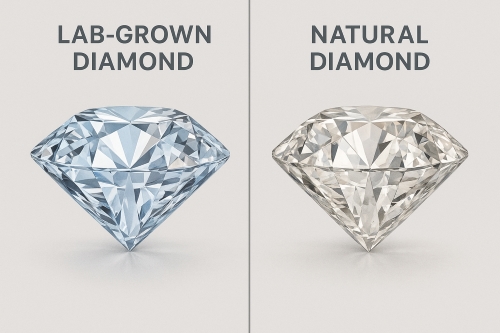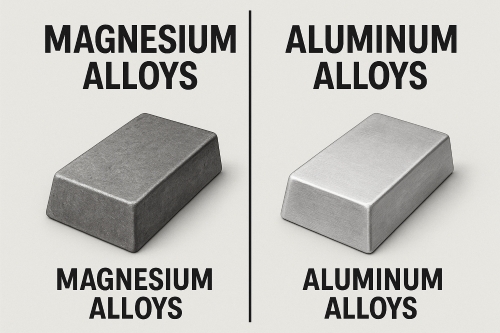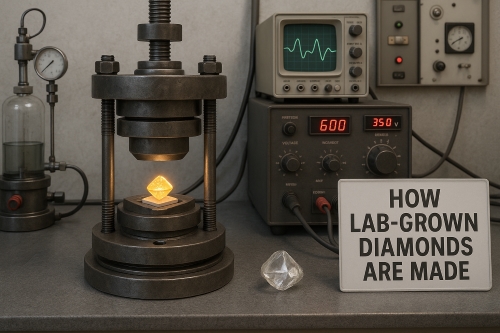5 Reasons Why Cubic Boron Nitride Outperforms Traditional Abrasives
Introduction
Cubic boron nitride is an abrasive material that has gained attention in the industry. Traditional abrasives such as aluminium oxide and silicon carbide have been used in the past. However, cubic boron nitride has shown its effectiveness. It was developed to address high-performance demands. It removes material more quickly and experiences less wear.
Why Cubic Boron Nitride Outperforms Traditional Abrasives
1.
Hardness and Wear Resistance
Cubic boron nitride possesses a high level of hardness. In my early career, hardness was a critical factor in selecting materials. The typical hardness of cubic boron nitride is approximately 40 to 45 gigapascals. Traditional abrasives generally exhibit lower values. For instance, aluminium oxide scores around 20 gigapascals. The difference is significant when working on hard materials such as hardened steel. A more wear-resistant abrasive maintains its shape longer, resulting in fewer replacements and less downtime in production facilities.
Further reading: Why is Cubic Boron Nitride Called a Superhard Material?
2.
Thermal Stability
One challenge in grinding is managing high temperatures. Cubic boron nitride performs well under heat. It retains its structure when temperatures exceed 800 degrees Celsius for brief intervals. Traditional abrasives may not withstand this level of heat or may begin to degrade. My initial experiments indicated that temperature management is crucial in all mechanical processes. When grinding or cutting metals at high speeds, the workpiece and abrasive interact in a hot environment. Cubic boron nitride wheels generate less heat over time and facilitate better cooling during the process. This characteristic improves both the wheel’s longevity and safety in the workshop. Facilities working with high temperatures have reported fewer accidents and a smoother work process after switching to cubic boron nitride.
3.
Chemical Inertness
Chemical reaction between the abrasive and the workpiece presents another challenge.
Cubic boron nitride is more chemically inert than many traditional abrasives, making it less likely to react with the metals it grinds. Many traditional abrasive particles can interact with ferrous materials, leading to premature wear. I recall instances where traditional abrasive wheels rapidly lost their effectiveness on hardened steel. Cubic boron nitride maintains its chemical stability in most metal grinding operations. This characteristic is particularly important in machining applications where oxidation or chemical wear poses a risk. With fewer chemical reactions, the final surface finish is smoother. Operations requiring precise tolerances prefer cubic boron nitride due to its consistent behaviour.
4.
Consistent Grain Size and Quality
The uniformity of abrasive grains significantly influences performance. Cubic boron nitride is manufactured with highly consistent grain size. I have engaged with various companies, all of which noted that consistency in grain size leads to predictable performance. Traditional abrasives may have variations due to manufacturing processes, resulting in uneven grinding and variable surface finishes. A consistent abrasive assists operators in achieving repeatable results. In an example from a local automotive parts plant, the switch to cubic boron nitride wheels enhanced the surface finish of critical components, thereby reducing waste and improving productivity. Consistency is essential in industries where precision is crucial.
5.
Economic Efficiency
Initially, cubic boron nitride may appear more costly. However, its benefits ensure long-term savings. Fewer replacements and reduced downtime accumulate to a lower overall cost. Many facilities investing in cubic boron nitride have reported decreased maintenance costs over time. Additionally, enhanced productivity allows for more parts to be completed in a shorter period. Workshops that transitioned noted savings in labour and energy expenses. I recall a small machine shop that saved thousands of pounds over a year following the transition. The higher initial cost is recuperated through long-term efficiency. It is a prudent economic choice when durability and performance are critical.
Conclusion
Cubic boron nitride provides distinct advantages over traditional abrasive materials. Its high hardness and wear resistance make it suitable for grinding hardened materials. Its thermal stability and chemical inertness contribute to its reliability in high-speed operations. The uniform grain size yields consistent results. Finally, the overall economic efficiency renders it a sensible choice for industry. For more boron nitride materials, please check Stanford Advanced Materials (SAM).
Frequently Asked Questions
F: Why is cubic boron nitride harder than traditional abrasives?
Q: Cubic boron nitride has a bonded structure with a hardness of around 40-45 gigapascals, exceeding that of standard abrasives.
F: How does cubic boron nitride handle high temperatures?
Q: It maintains its integrity in environments approaching 800 degrees Celsius for short durations.
F: What benefits do uniform grain sizes provide?
Q: A uniform grain size ensures consistent grinding, improved surface finish, and predictable performance.

 Bars
Bars
 Beads & Spheres
Beads & Spheres
 Bolts & Nuts
Bolts & Nuts
 Crucibles
Crucibles
 Discs
Discs
 Fibers & Fabrics
Fibers & Fabrics
 Films
Films
 Flake
Flake
 Foams
Foams
 Foil
Foil
 Granules
Granules
 Honeycombs
Honeycombs
 Ink
Ink
 Laminate
Laminate
 Lumps
Lumps
 Meshes
Meshes
 Metallised Film
Metallised Film
 Plate
Plate
 Powders
Powders
 Rod
Rod
 Sheets
Sheets
 Single Crystals
Single Crystals
 Sputtering Target
Sputtering Target
 Tubes
Tubes
 Washer
Washer
 Wires
Wires
 Converters & Calculators
Converters & Calculators
 Write for Us
Write for Us
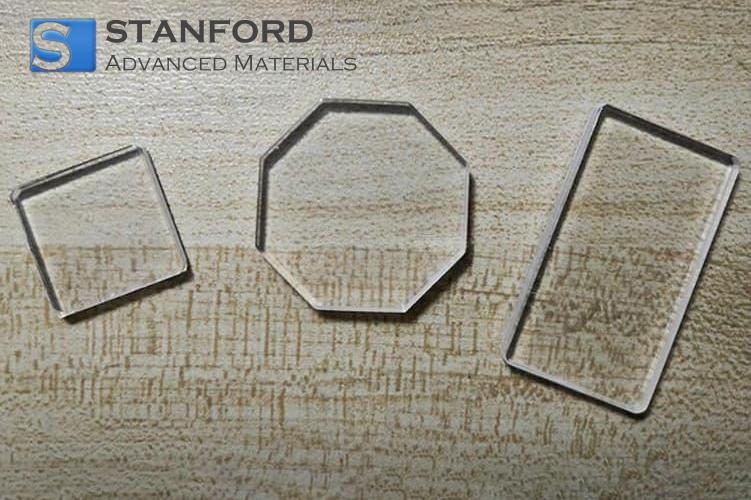
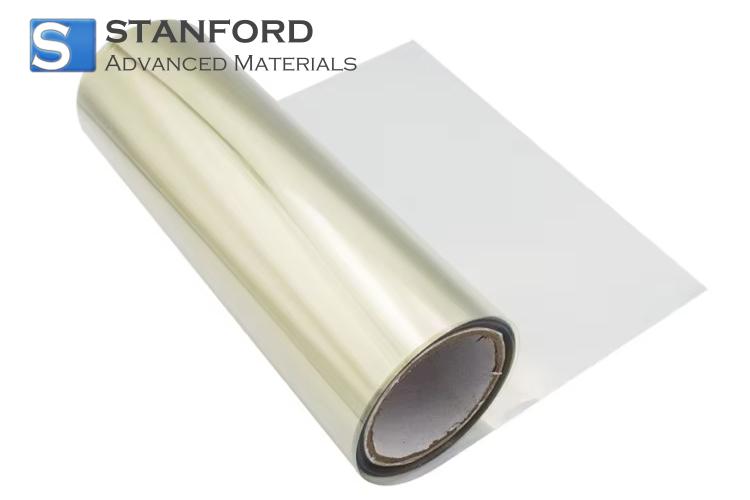
 Chin Trento
Chin Trento

